Boardwalks provide easy access to three of the key sites of interest here while assuring the protection of the fragile environment. The boardwalks are located at the Point of Rocks area; Crystal Spring; and the historic stone cabin of infamous gunslinger, Jack Longstreet, and Longstreet Creek.
Point of Rocks Boardwalk: Entering from the southern entrance, we turned right onto Point of Rocks road to the parking area where the Boardwalk to King's Pool can be found.
Ash Meadows was named for the Leatherleaf Ash tree. In the 1890s these groves of them were abundant. By 1980, only a few remained. Today, the trees are making a comeback. Here's a photo of the leatherleaf ash.
There are four desert fish, called living fossils, who have adapted over thousands of years while many others became extinct. They are the Devils Hole pupfish, the Warm Springs pupfish, Ash Meadows Amargosa pupfish, and the Ash Meadows speckled dace. They can be found in springs and pools throughout Ash Meadow.
King's Pool.
This area is a bird watcher's paradise as approximately 270 species can be seen in the area. The streams that suddenly appear in the desert attract them. Unfortunately, I did not capture any bird photos, but we saw plenty of them.
Native Americans (Southern Paiute and Timbisha Shoshone) lived in Ash Meadows for thousands of years near the spring pools and meadows. They cultivated corn, beans, squash, sunflowers and groves of mesquite irrigated by the spring water. Hunting mountain sheep and gathering pine nuts required them to travel to the mountains where they met with other groups. These hole in the limestone are where they ground mesquite beans into flour.
Crystal Reservoir: Our next stop was the strikingly blue reservoir formed with waters from Crystal Spring.
Sadie loved running in and out of it! Check out her backpack; today she carried her own water, treats, and poop bags.
Can you see the waterfowl in this photo? They were beautiful!
It is shocking to come across this body of water in this desert terrain.
Visitor Center: A new center is under construction, but we stopped at the temporary one where there are maps, information, gift items. etc. The Crystal Spring Boardwalk begins at this location as well.
Every minute 2,800 gallons of fresh water flows into this spring from the limestone aquifer here. The water travels for thousands of years (yes, thousands!) before arriving at Ash Meadows. The water is a constant 87 degrees.
The hole at the center of the this photo is about 15' below the surface and is where the water is flowing into the spring.
Longstreet Cabin and Spring: This was our final stop of the day at Ash Meadows. This is the location of the third boardwalk.
It leads to the stone cabin where infamous prospector, gunman, and horse breeder Jack Longstreet lived from 1894-1899. The cabin is built in a fossil spring mound (formed when slow-flowing springs trap wind-blown sediments in the surrounding mud and plants).
Interior of cabin.
Longstreet Spring is located a very short distance from the stone cabin and waterfowl could be found in abundance in the past.
The desert here is covered with white sand looking very different from the areas south of this location.
We loved this place! The springs here seem so out-of-place in the middle of this arid land. We found the Refuge to be desolate yet very beautiful. I highly recommend a visit to this Wildlife Refuge if you are in the area. It is not too far from the eastern side of Death Valley National Park.
Admission to this National Wildlife Refuge is free. All roads are unpaved and there are no services in the refuge (no food, fuel, camping, etc.) Bottled water is available at the Visitor Center.
Website: www.fws.gov/refuge/ash_meadows
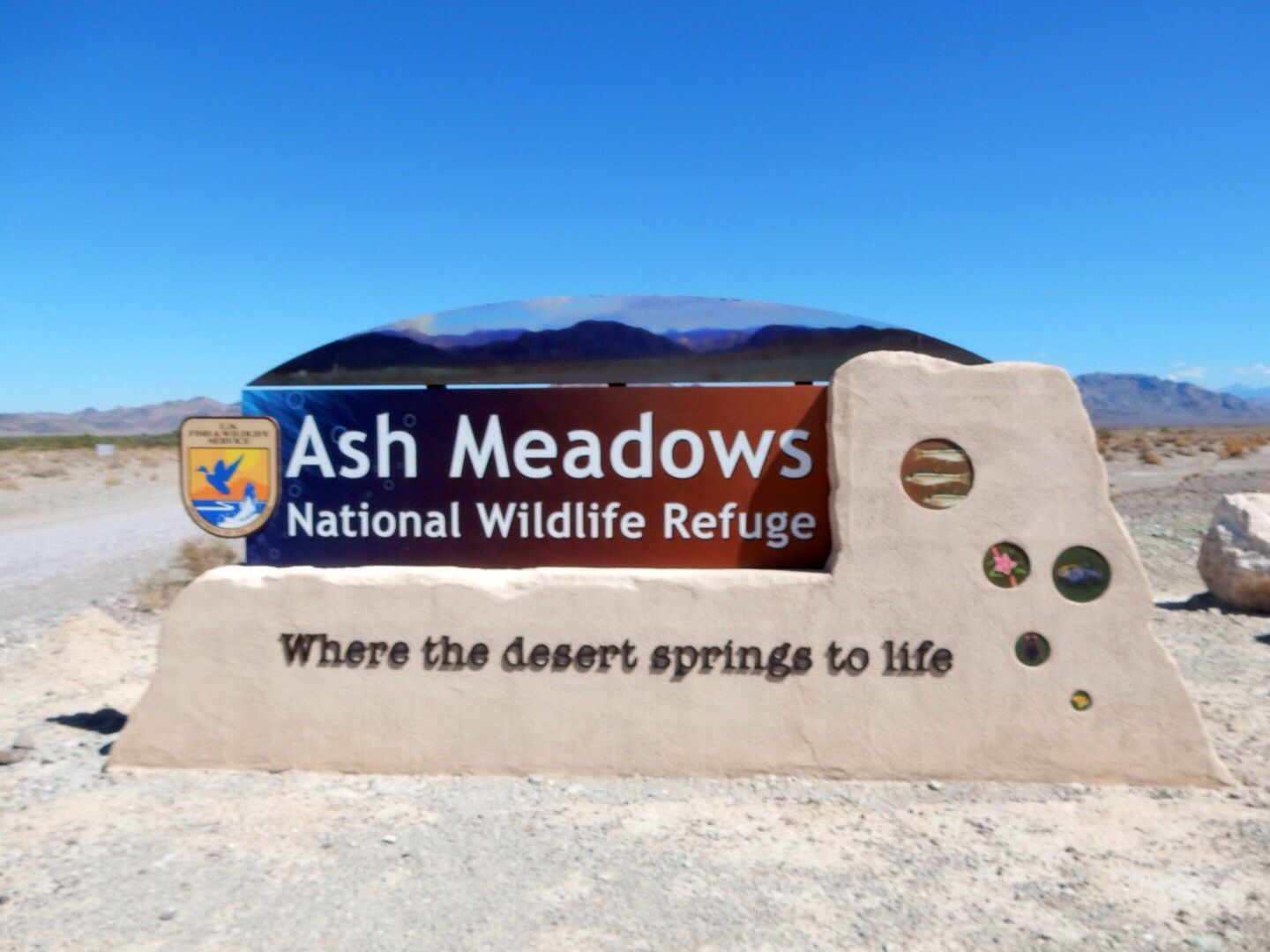
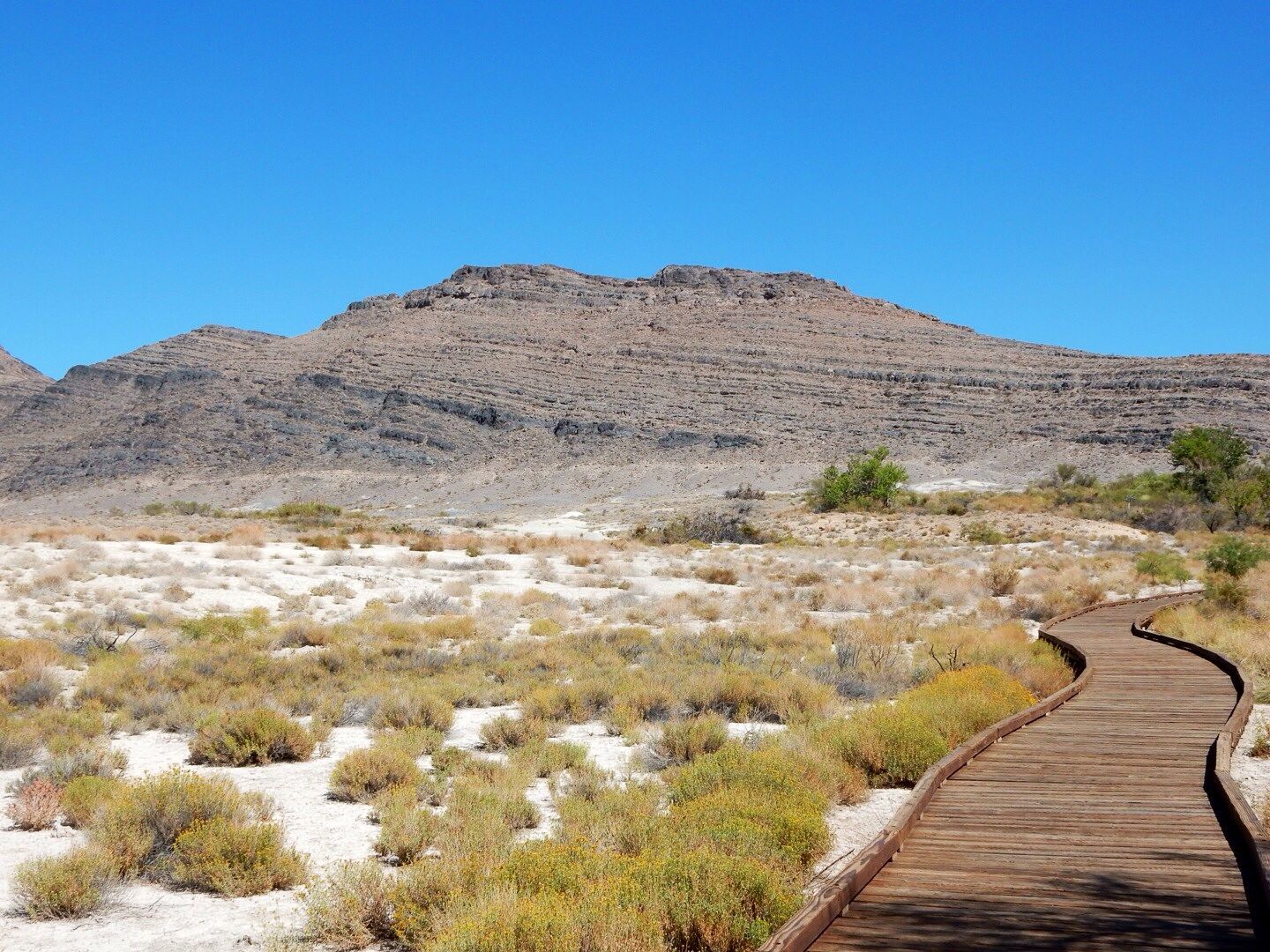
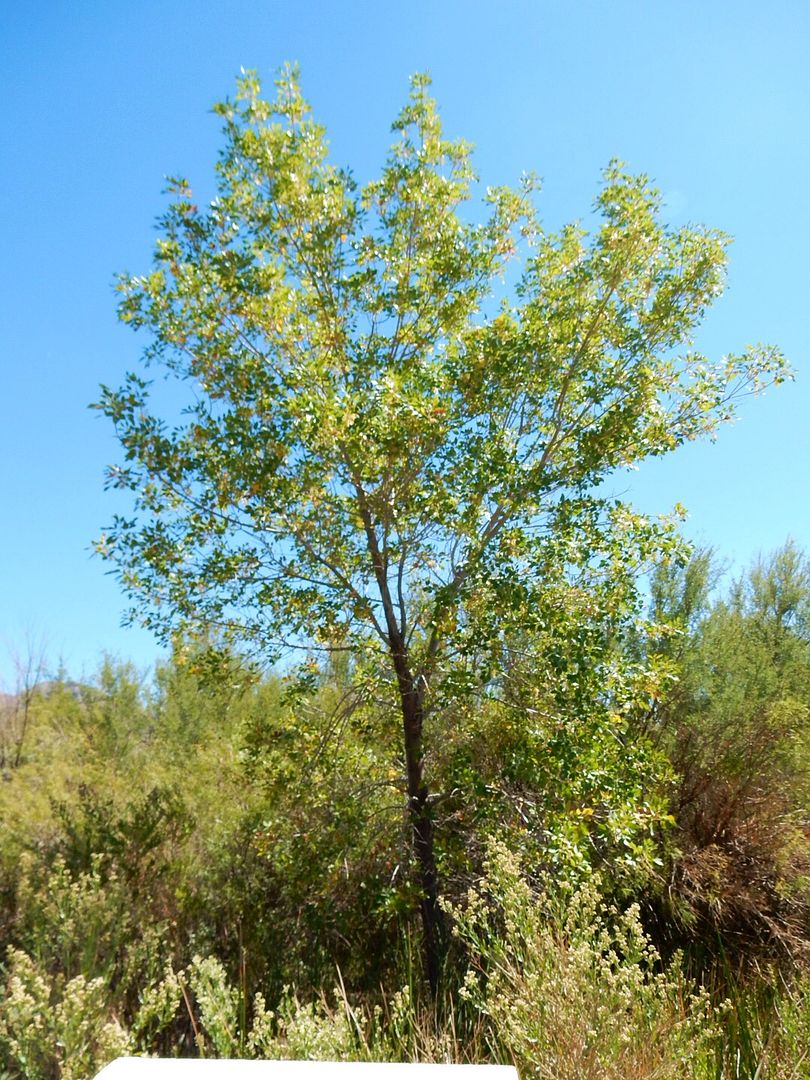
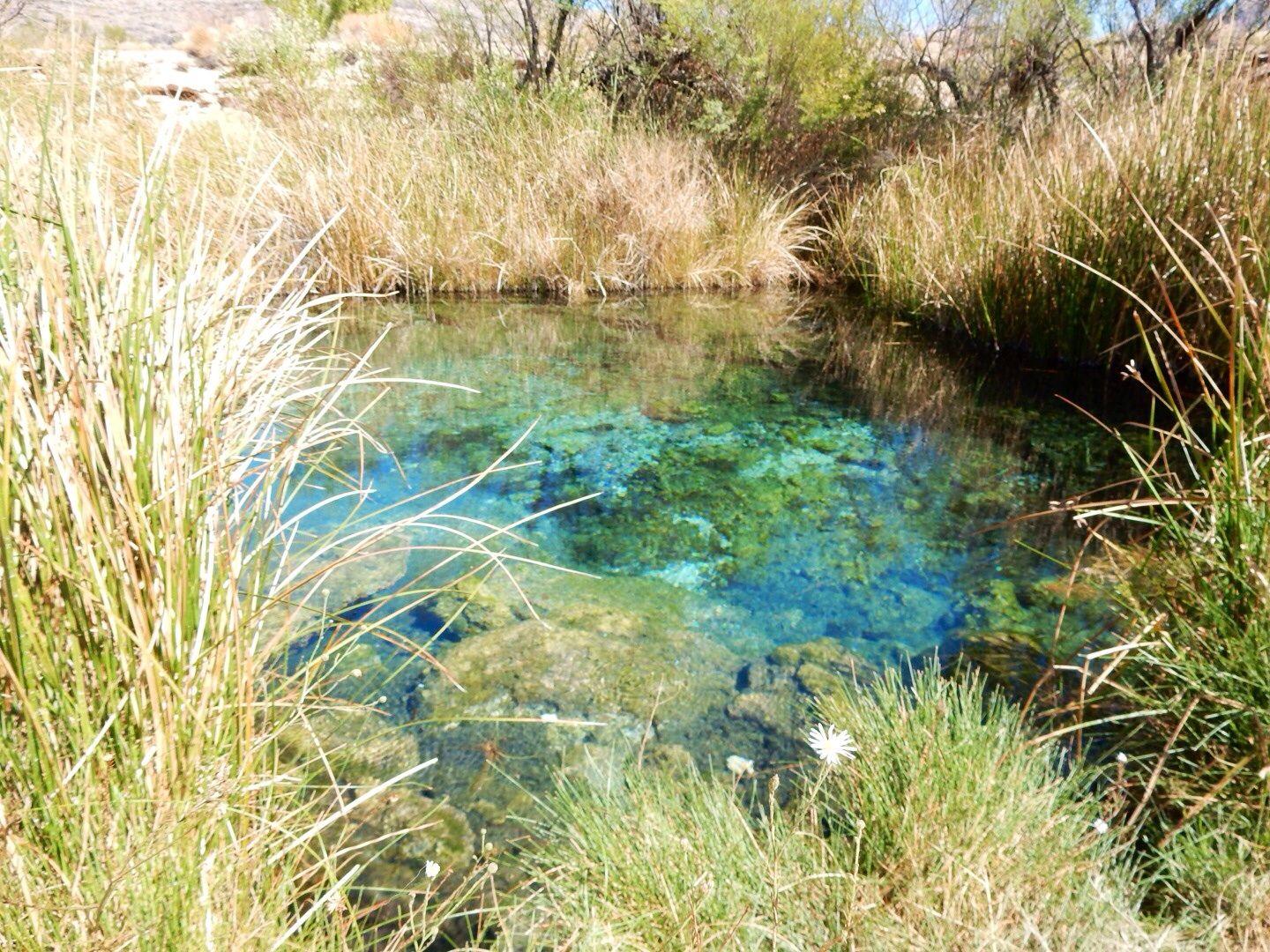

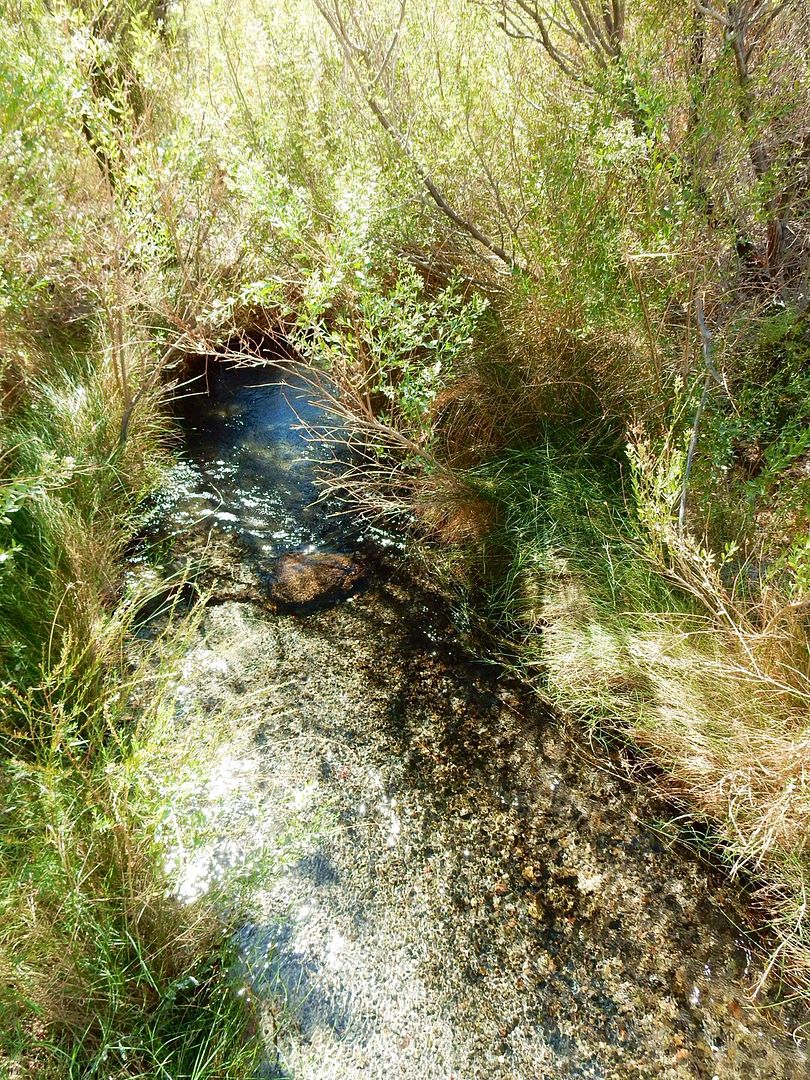

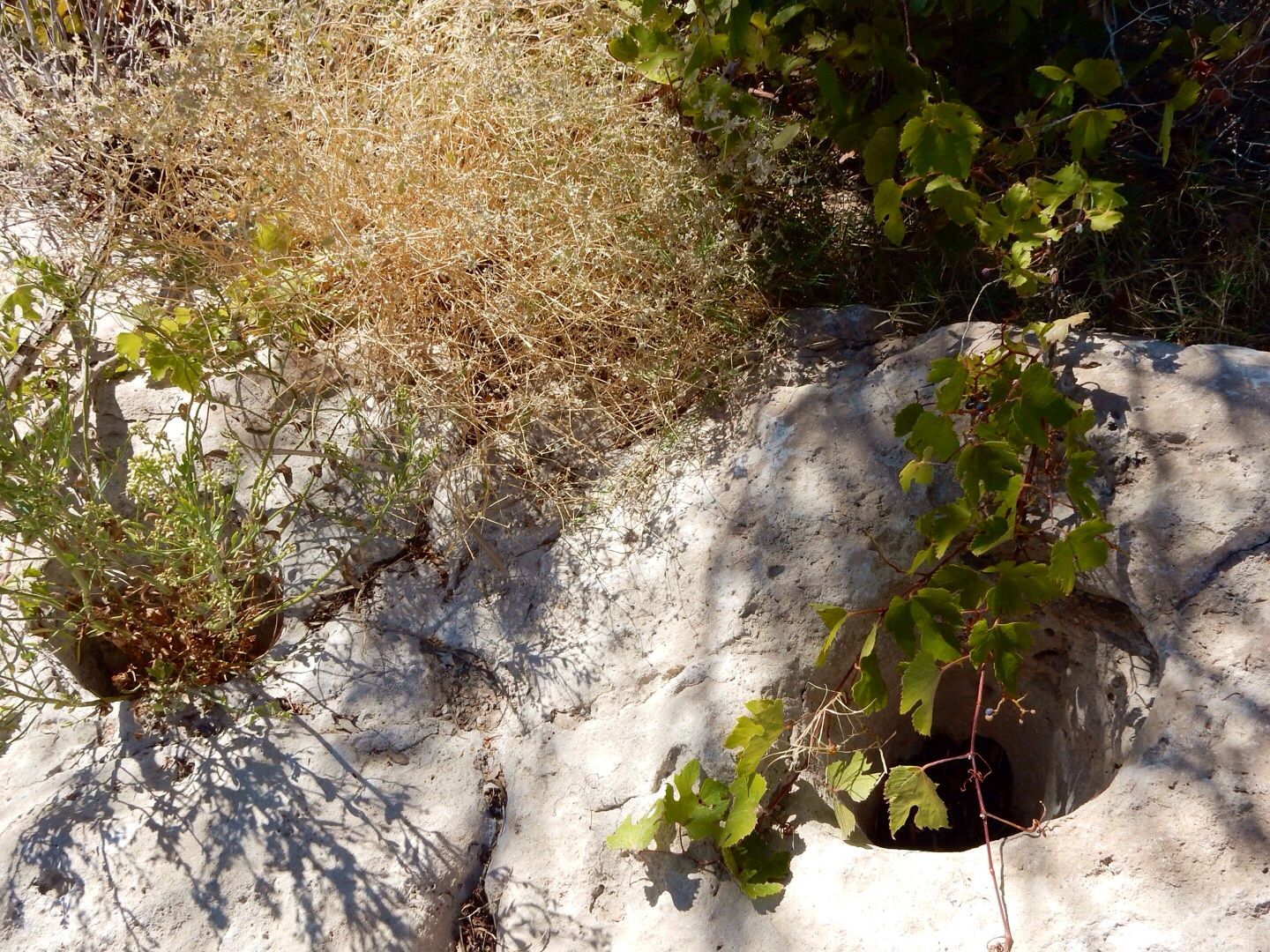
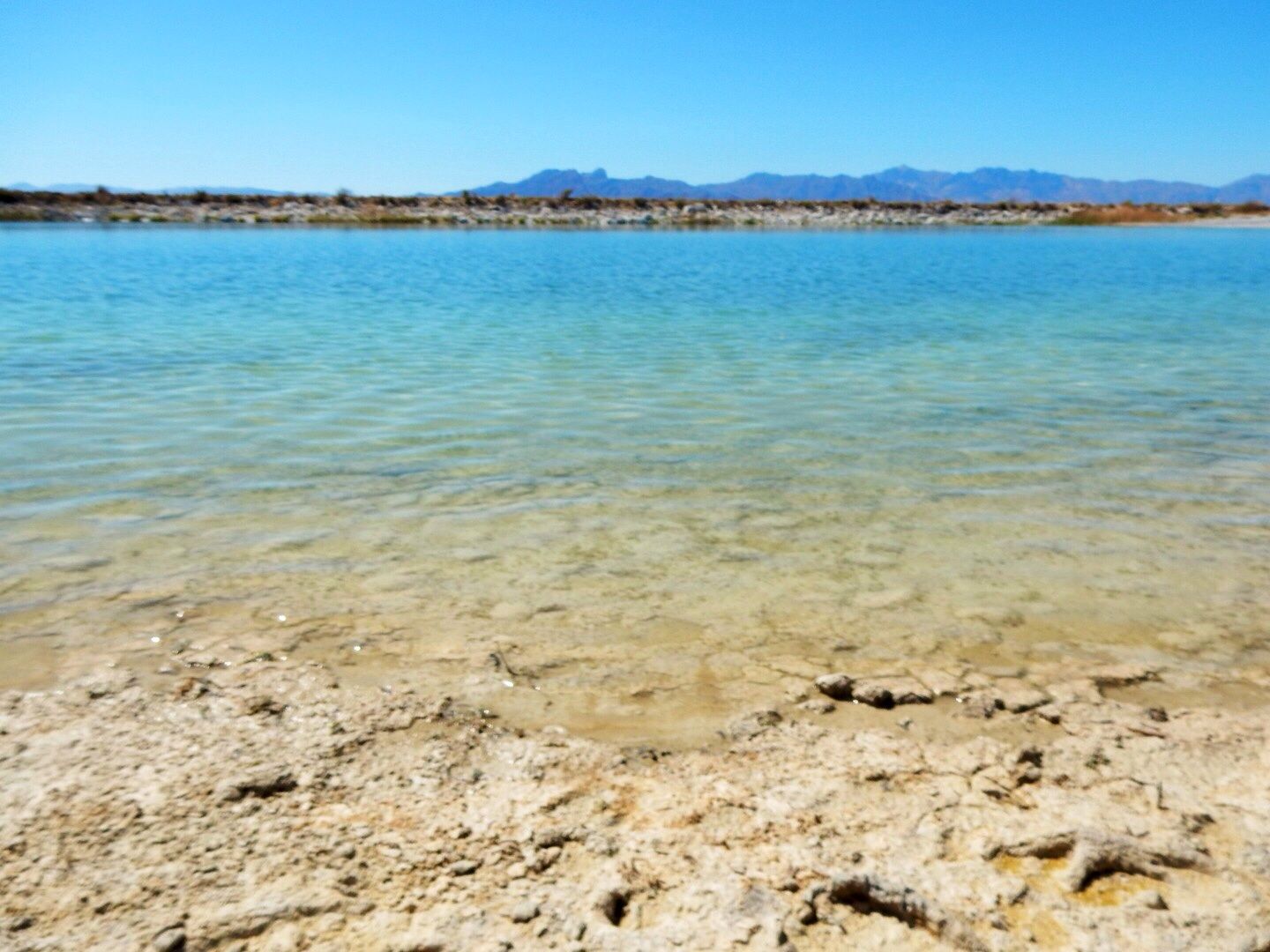
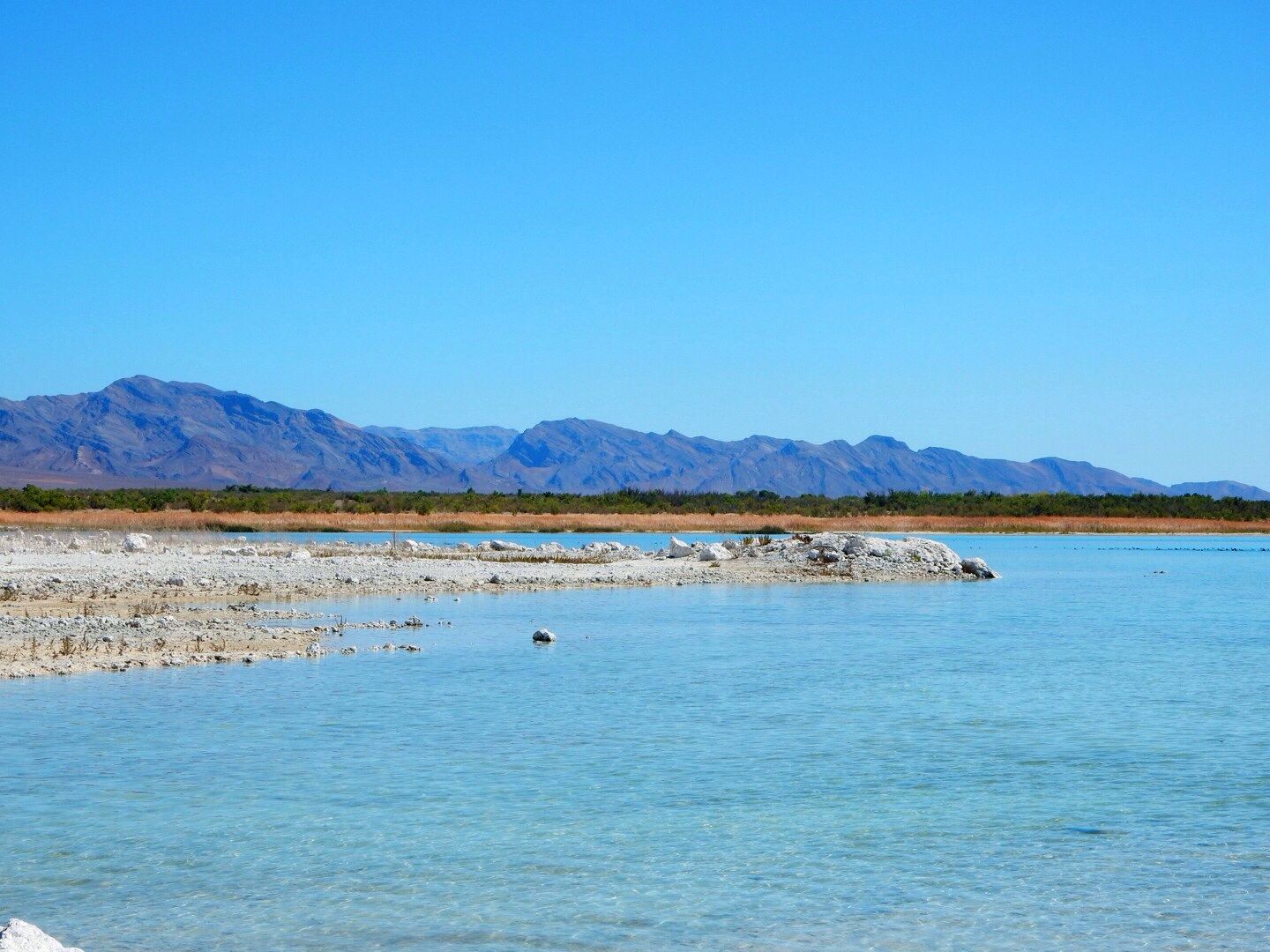
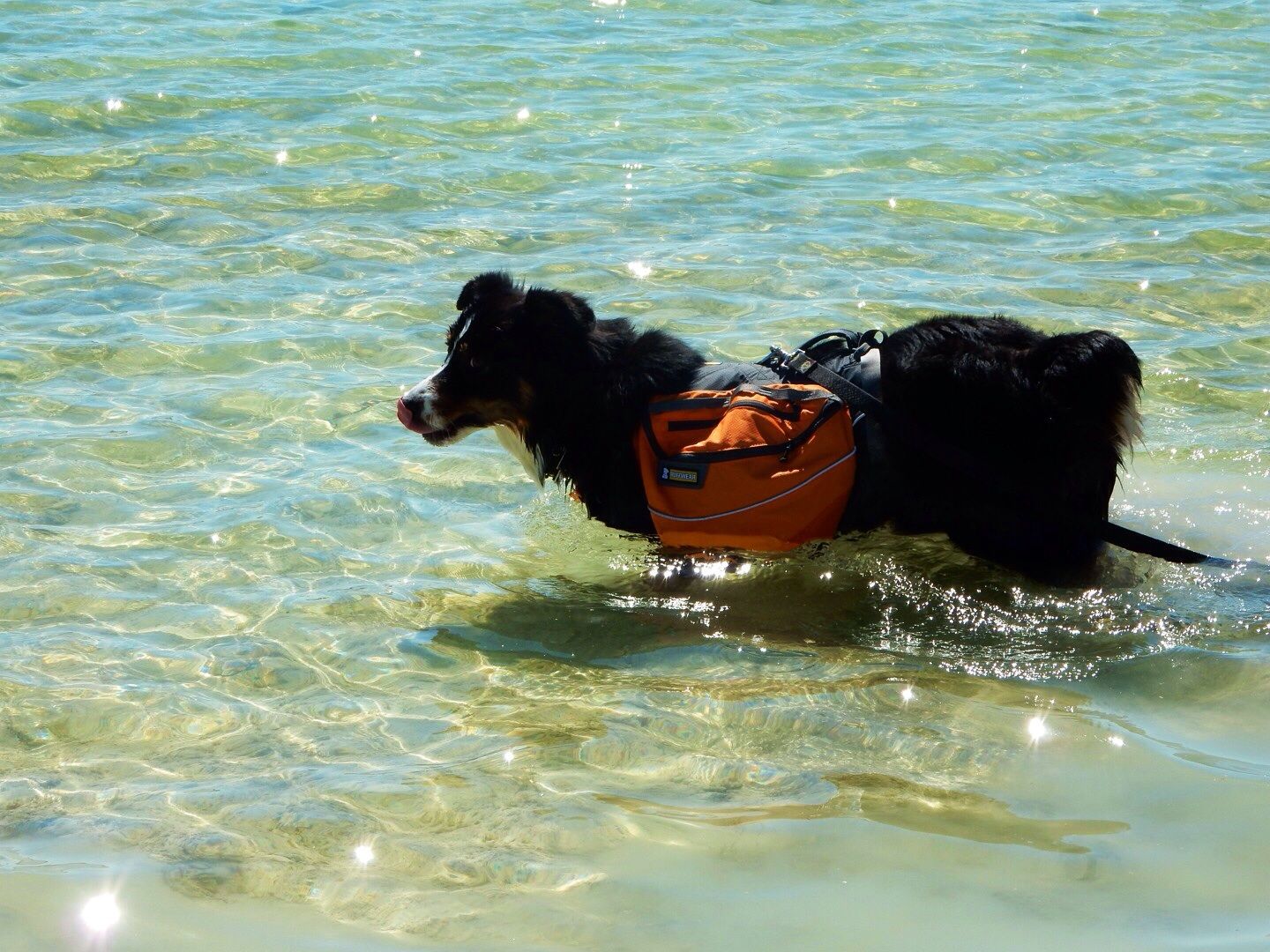
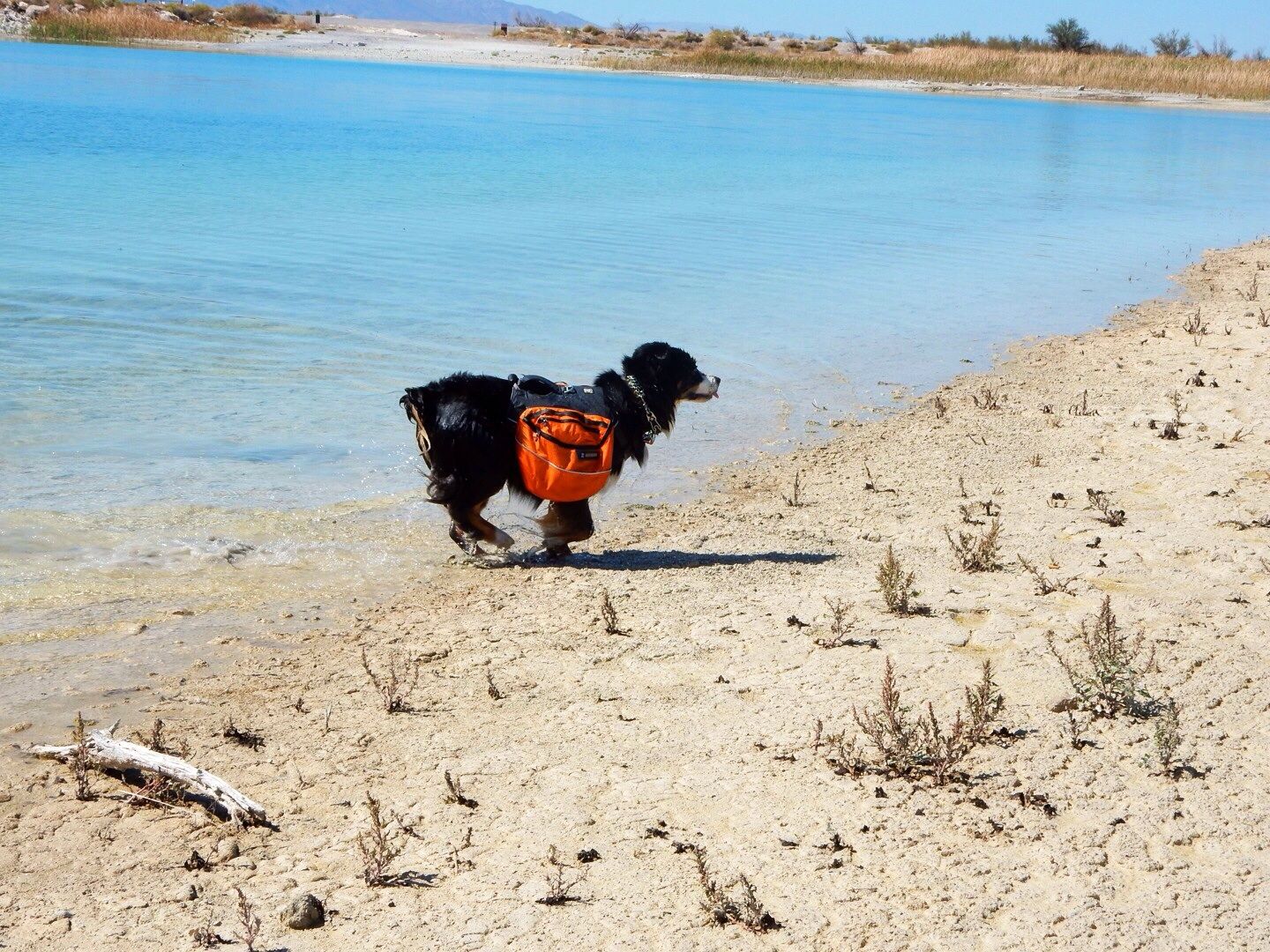
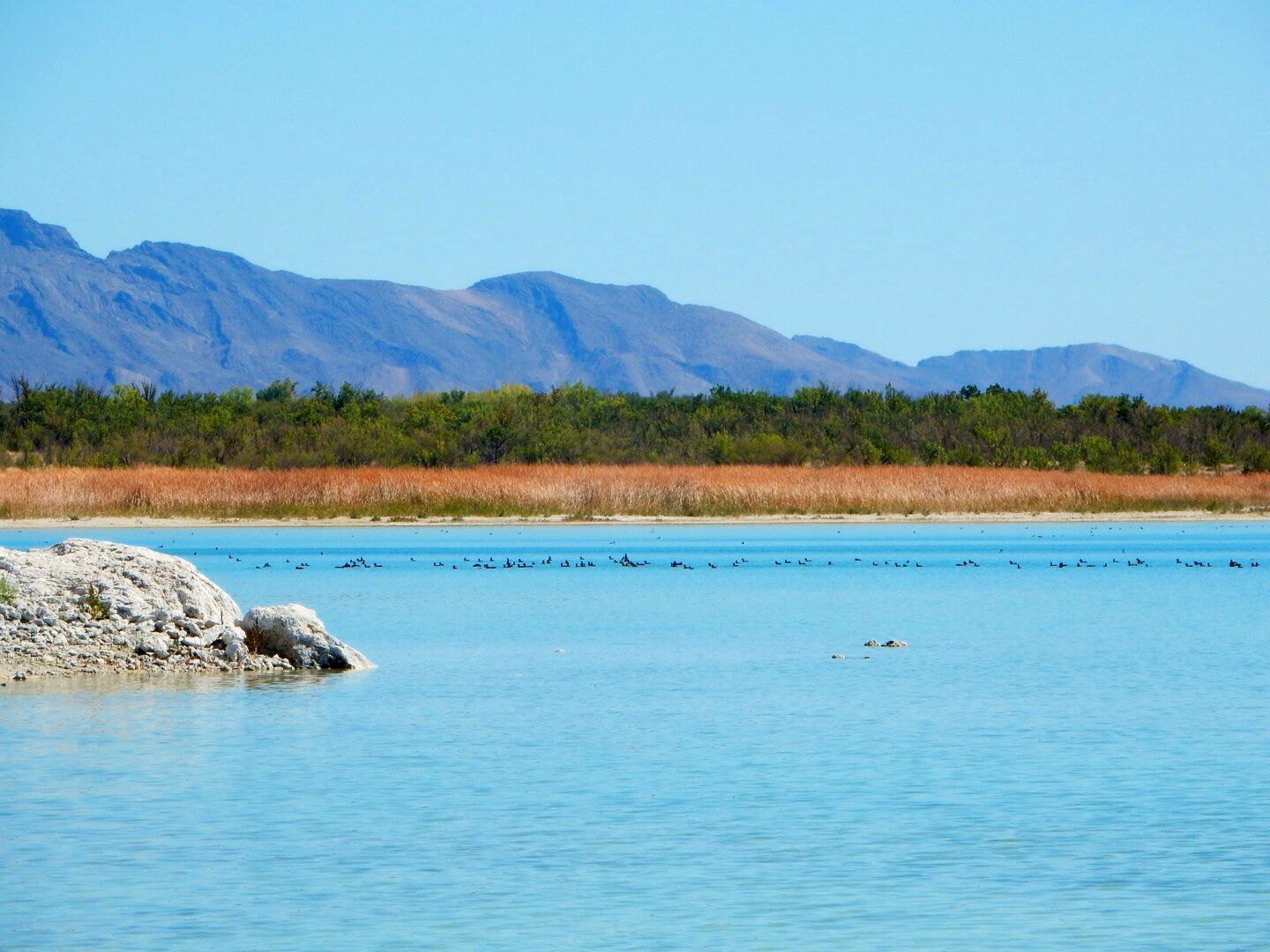


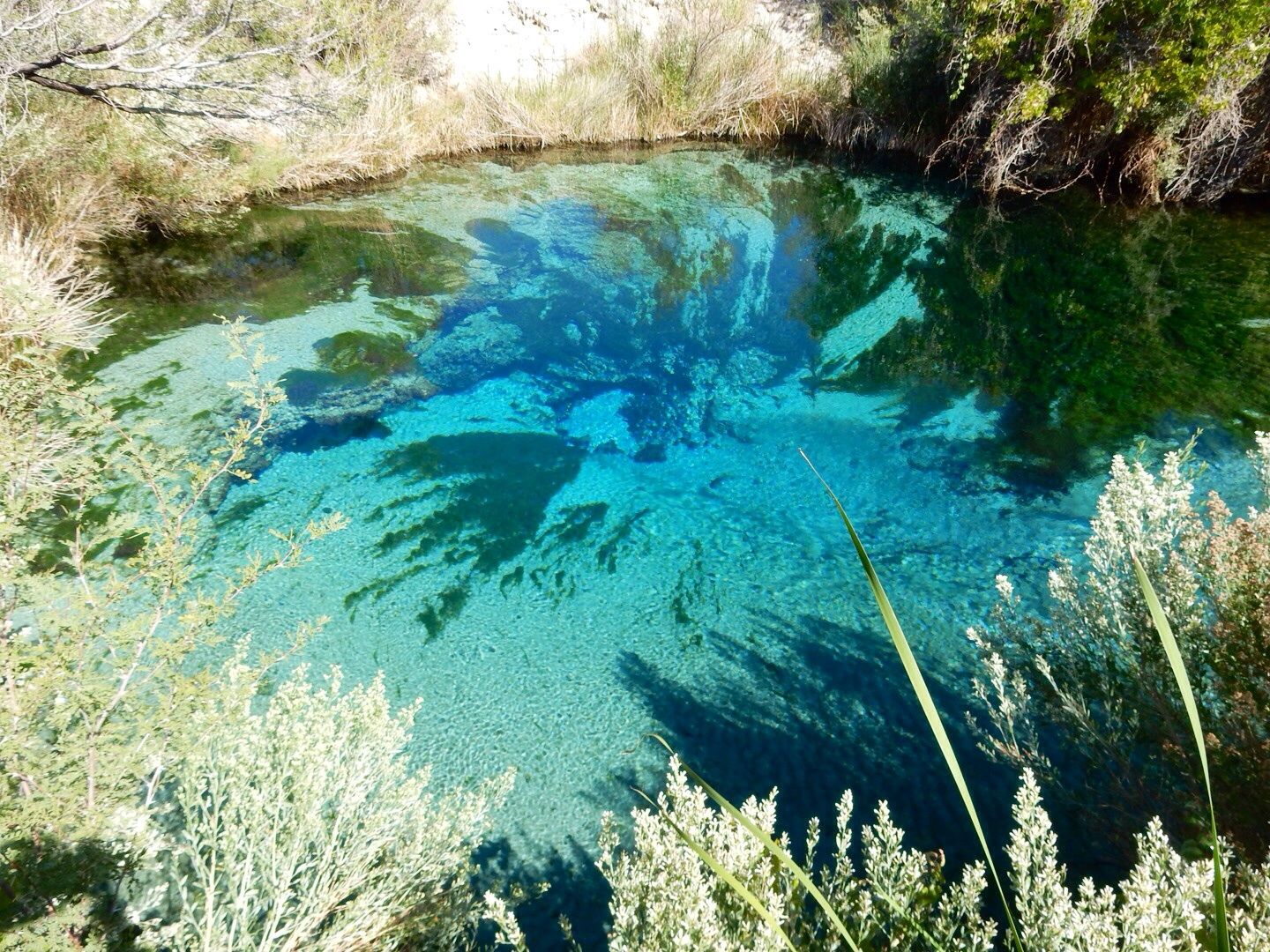
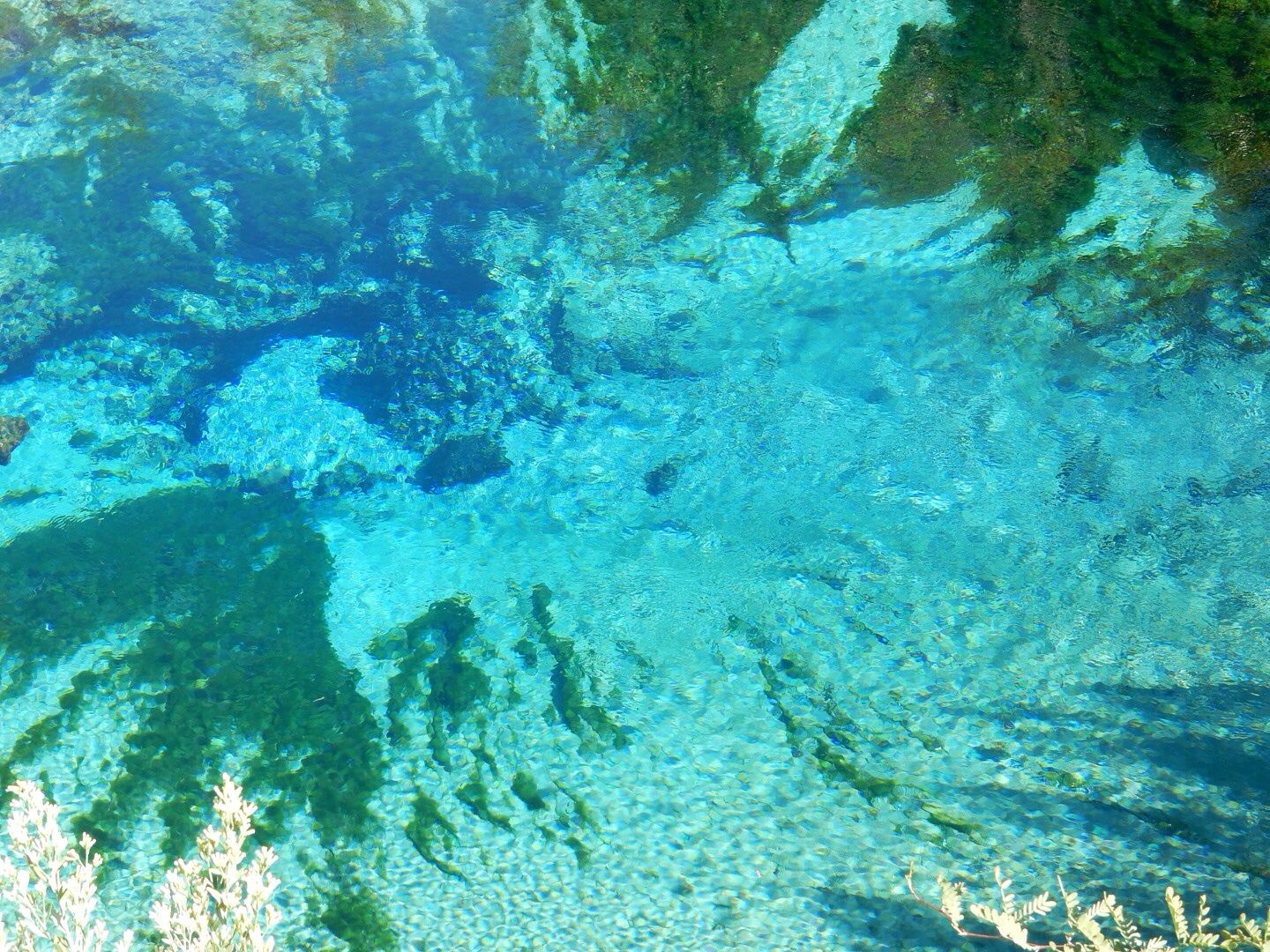
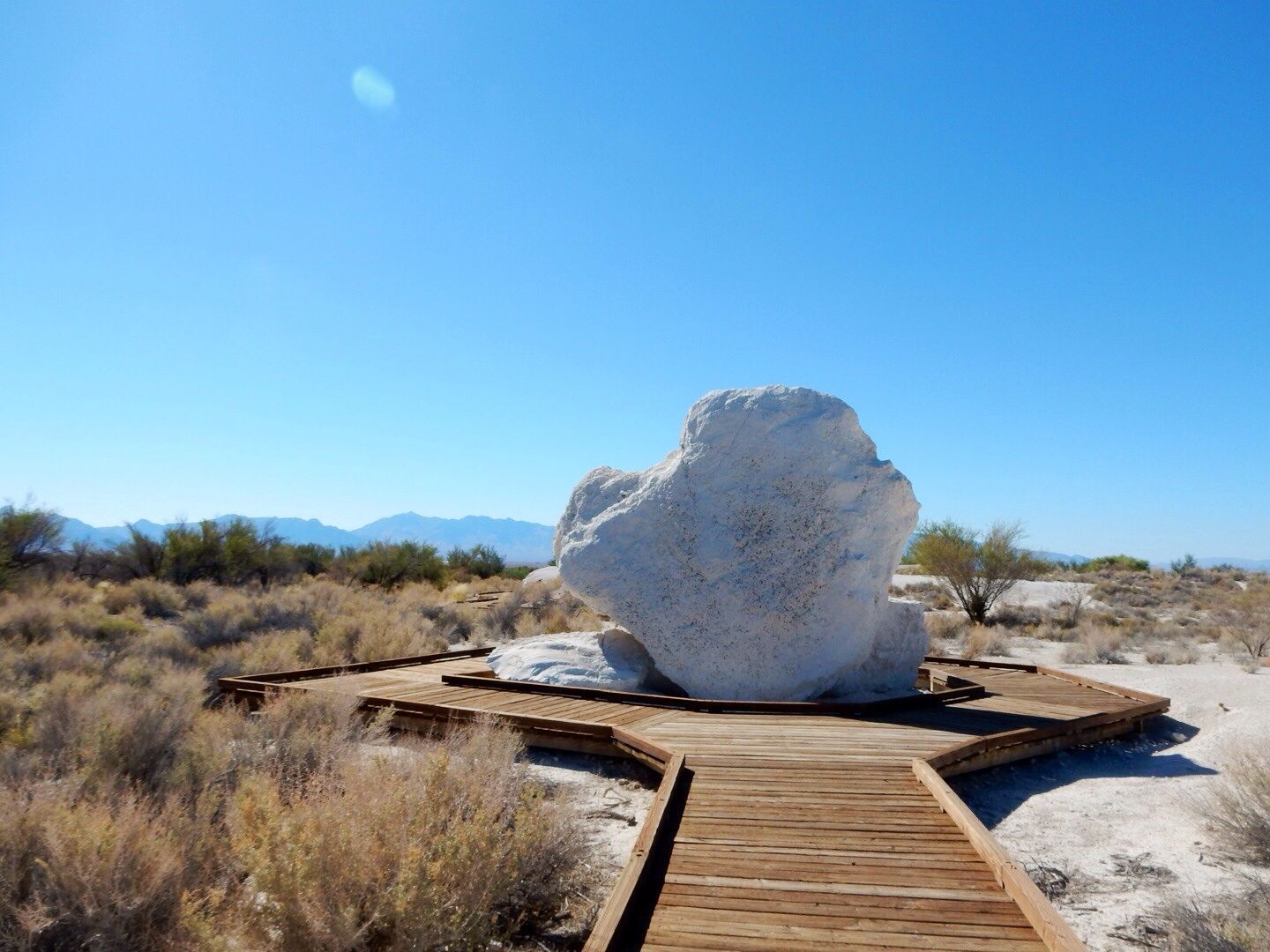
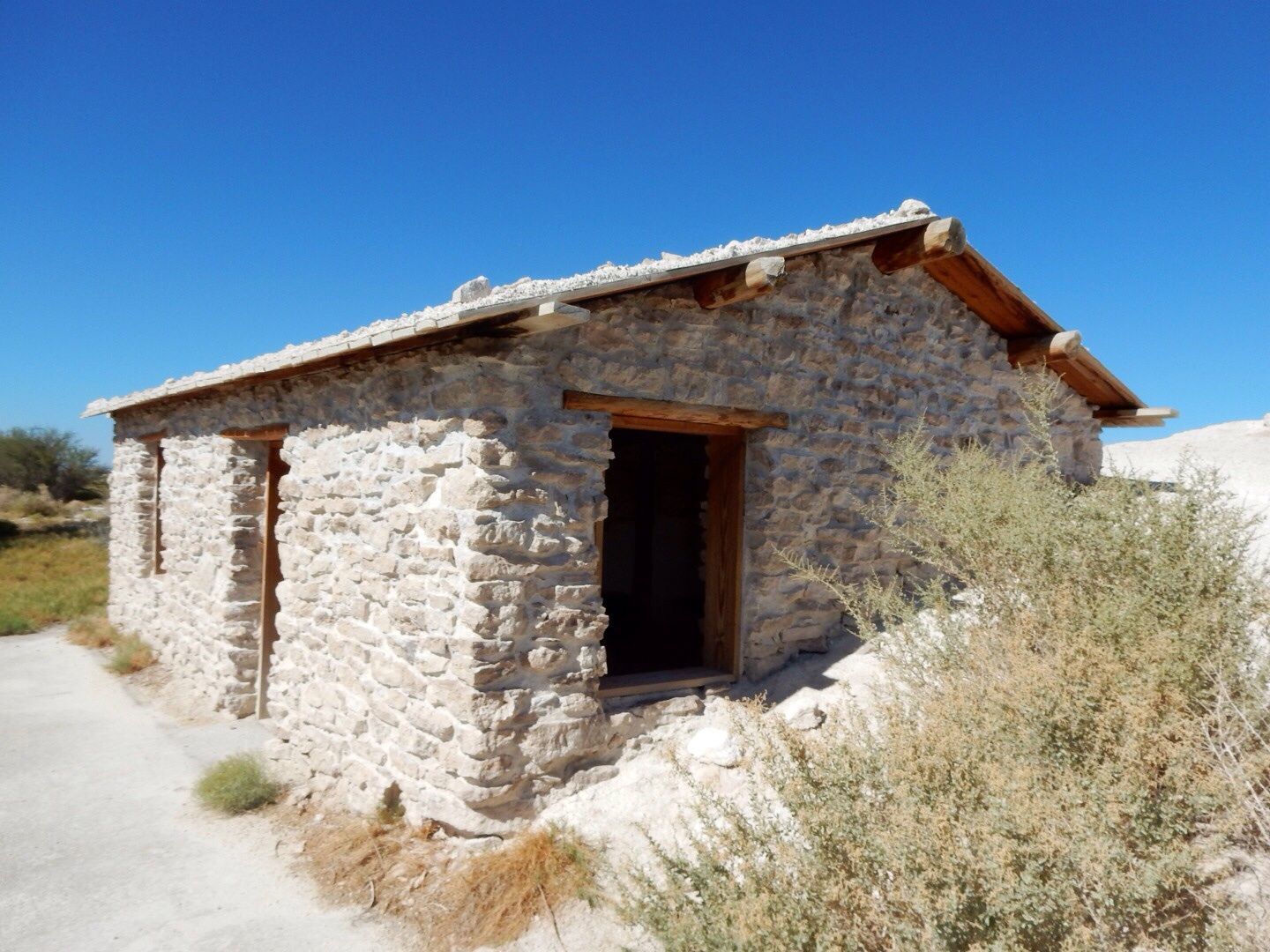
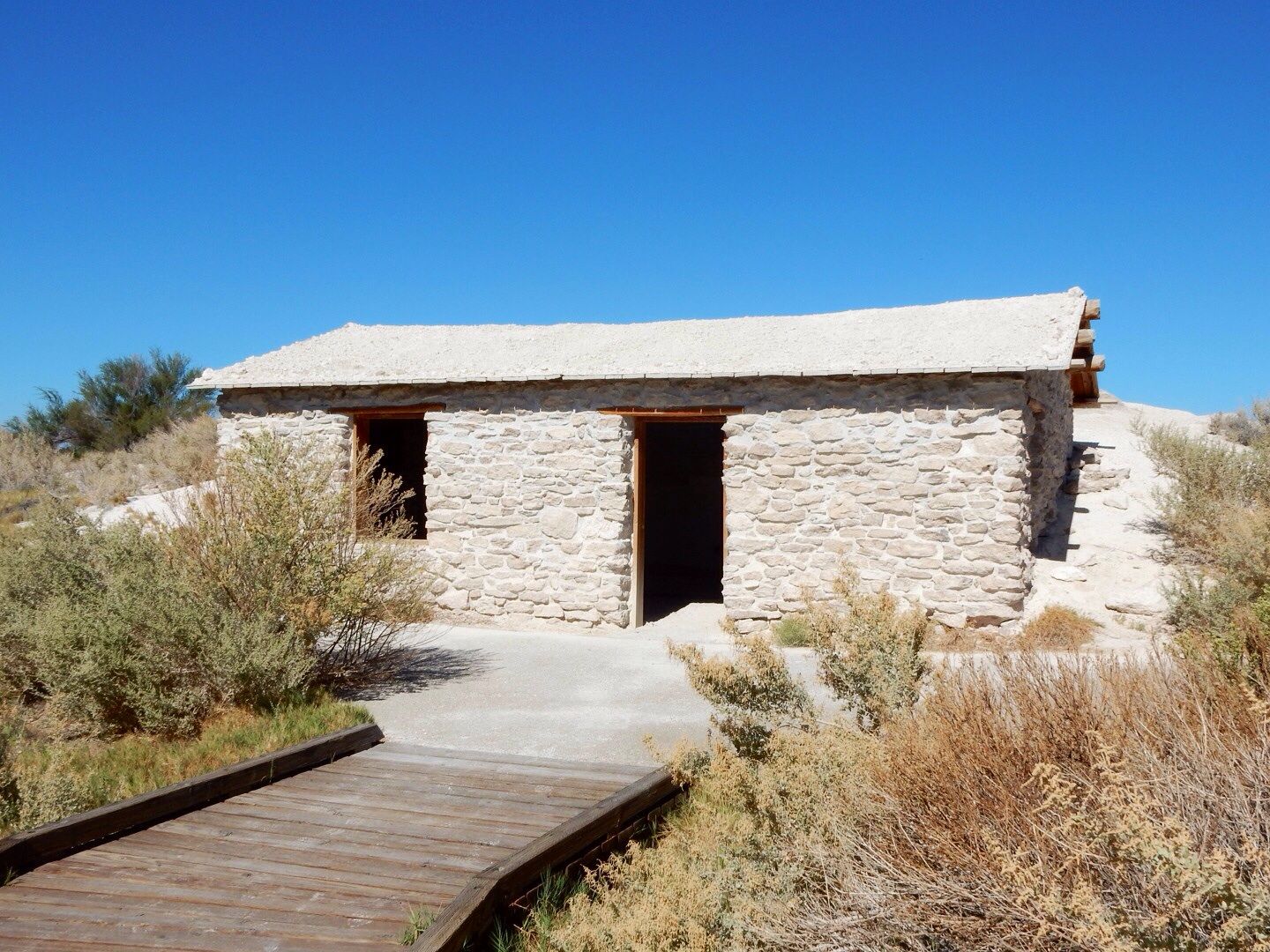

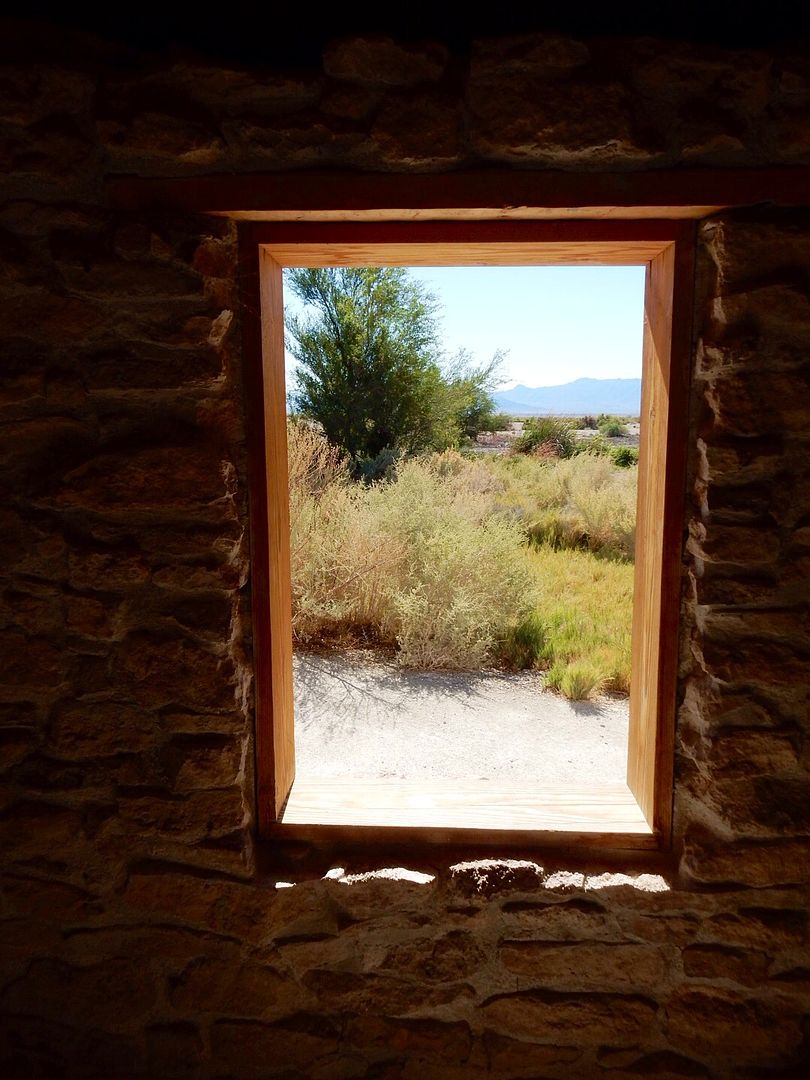
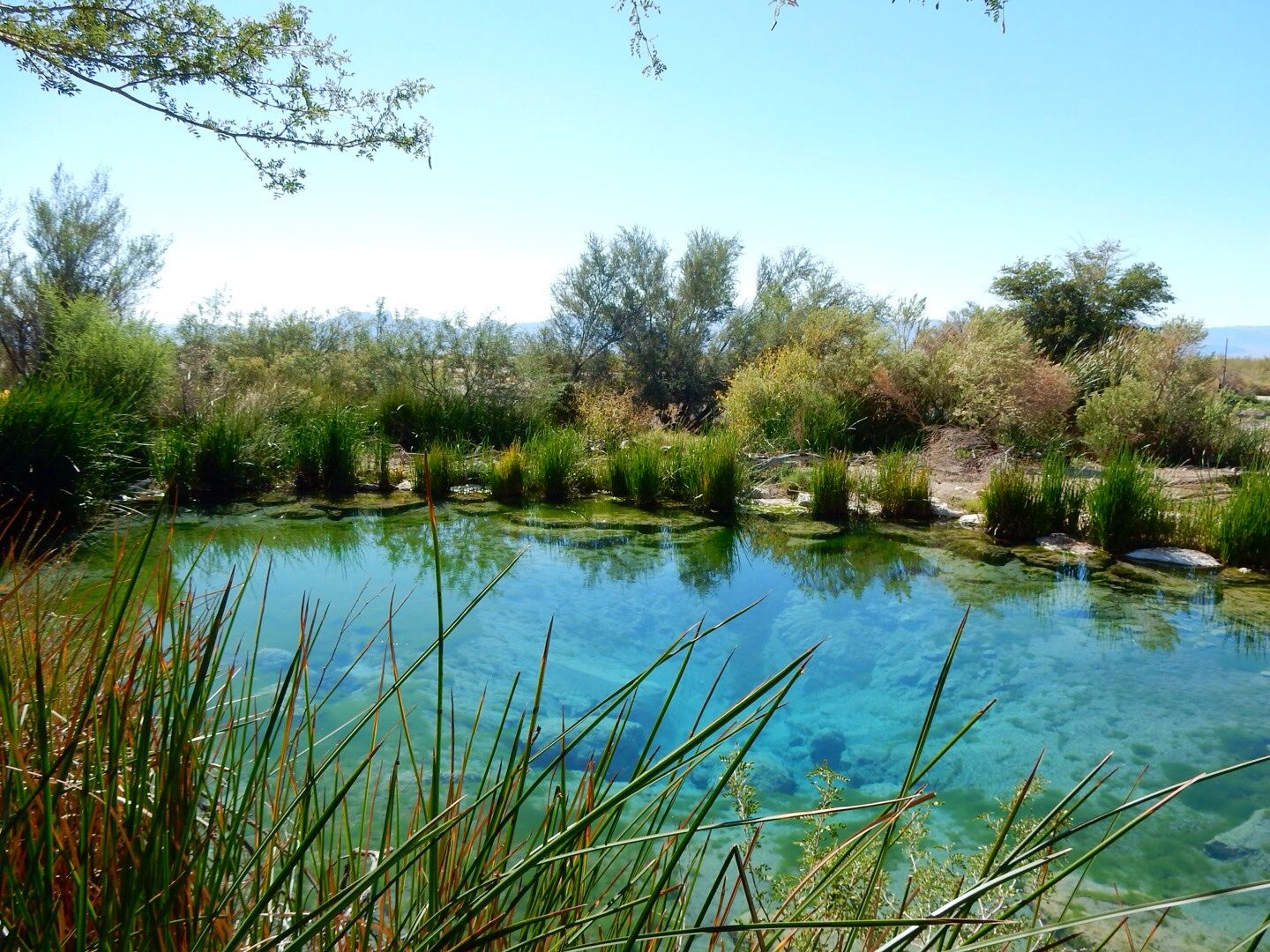

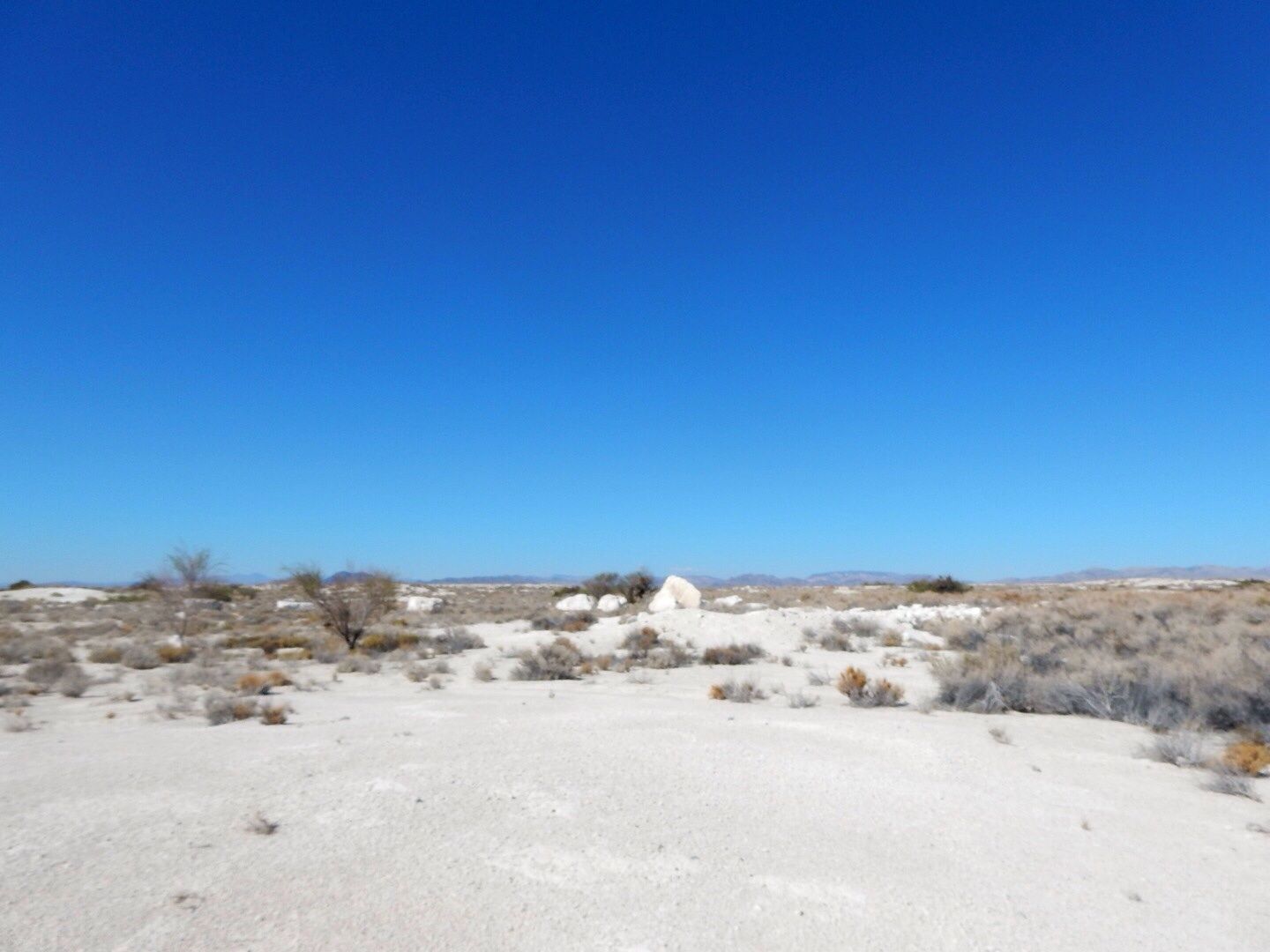
No comments:
Post a Comment